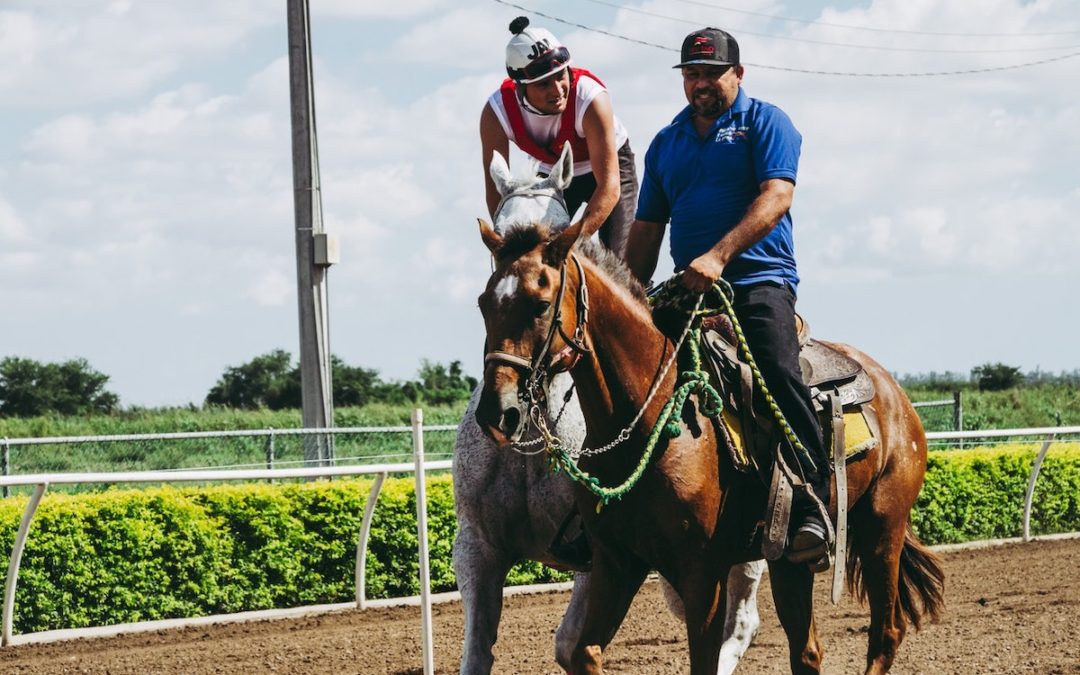

Many people enjoy the adrenaline rush from extreme sports and thrill seeking activities. However it is essential that before you take the plunge, metaphorically or literally, you understand your position and the duties owed to you by providers should you injure yourself during a dangerous recreational activity.
An action for negligence requires the defendant’s failure to exercise due care and skill which then results in a personal injury or damage to the plaintiff.
To claim an action for negligence under the Civil Liability Act 2002 (NSW), the plaintiff must establish on the balance of probabilities that:
To learn more about how breach of duty is established in negligence cases, please read one of our previous articles.
It is important to note that an action for negligence will not succeed if the defendant can establish a defence, such as the dangerous recreational activity defence.
Under the Civil Liability Act 2002 (NSW), the defendant cannot be held liable for personal injury or damage suffered where the harm results from the materialisation of an obvious risk of a dangerous recreational activity engaged in by the plaintiff. This will be true even if the plaintiff was not aware of the risk when they engaged in the dangerous recreational activity.
A recreational activity includes any activity pursued for enjoyment, relaxation, or leisure; any activity pursued at a place such as a beach, park, or other public space; and any sport. A dangerous recreational activity is one that involves a significant risk of physical harm.
Whether an activity is considered a dangerous recreational activity must be determined with consideration of all of the relevant circumstances. For example, riding a bike with training wheels on an even surface may not amount to undertaking a dangerous recreational activity, but an inexperienced rider on difficult mountain trails without proper supervision or safety equipment may meet these requirements. Factors including the time, place, competence, age, sobriety, equipment and weather have all been considered by courts to determine this question of fact.
An obvious risk to the plaintiff is one that, in the circumstances, would have been obvious to a reasonable person in the plaintiff’s position. Obvious risks include those which are matters of common knowledge, even if they have a low probability of actually occurring. A person need only be aware of the type or kind of risk for it to be considered obvious, not necessarily its precise manifestation in their particular circumstances.
An injured person is presumed to have been aware of obvious risks for engaging in the dangerous recreational activity, and as such there is no proactive duty to warn individuals of these obvious risks except if a relevant exception applies. This presumption exists unless the plaintiff can establish on the balance of probabilities that they were not aware of the type or kind of obvious risk that caused their damage or personal injury.
The Supreme Court of NSW recently approved a settlement in a personal injury matter in which a jockey (Lynch) was injured when he fell from his racehorse and was injured by another jockey (Cavallo) during the Mudgee Cup.
Justice Adamson upheld the proposed settlement, deciding that the settlement in favour of Cavallo with no order as to costs was in Lynch’s best interests. Lynch had previously been involved in the case of Singh bhnf Ambu Kanwar v Lynch [2020] NSWCA 152, in which he had been the defendant, and the Court had upheld the defence of an obvious risk materialisation in a dangerous recreational activity in similar circumstances. The obvious risk in this previous case was held to be that the conduct of another rider could cause a fall resulting in personal injury or damage in the inherently dangerous recreational activity of horse racing. Relying on this authority, Justice Adamson upheld the proposed settlement as she believed Lynch’s negligence claim would be unsuccessful at trial.
A solicitor at Etheringtons Solicitors can provide you with clarification of the relevant law and its relation to your individual circumstances. If you need further advice in relation to a negligence and personal injury matter, please contact one of our experienced solicitors on (02) 9963 9800 or via our contact form.